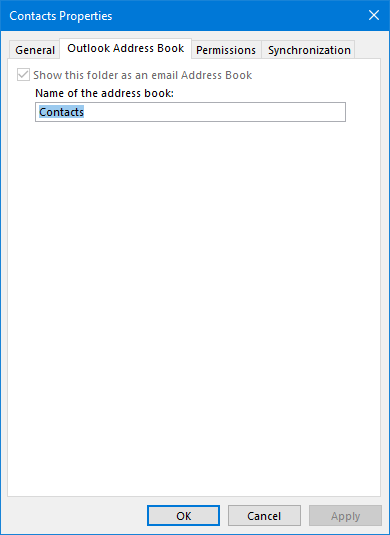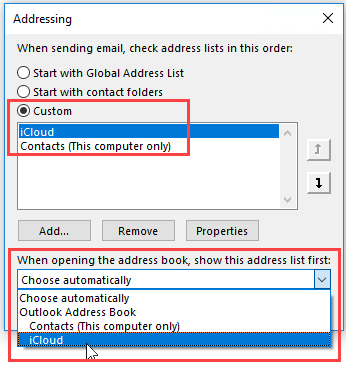

To set a default zooming level, you can use VBA to set this setting. Note: The zooming factor set via this slider or by scrolling is not persistent. In Outlook 2013 and Outlook 2016, you can also zoom via the zoom slider in the bottom right corner. Depending on your mouse/scroll sensitivity you might need to scroll quite a bit before the font size will change. You can use CTRL+Mouse Scroll in the Reading Pane to zoom in and out per message. There are several ways to enlarge the font in the Reading Pane in Outlook Zoom in on the message The downside of this is that your font might become really small and hard to read which is anything but relaxed for your eyes.

Using a high resolution has the benefit of a sharper display which is more relaxed for your eyes.

Top of Page Enlarge font size in the Reading Pane You can delete the rule you created to go back to the default settings, or you can deselect it in the list of Rules for this view on the Conditional Formatting dialog box. The font for all parts of each message in the message list (except for the excerpt of the message text) is changed to the font and size (and other font settings) you selected. A dialog box displays, warning you of that fact. Click OK when you have made your changes.īecause we are applying the same font to all parts of the message list (sender's name, subject, date received, and size of each message), we are not specifying a condition. On the "Conditional Formatting" dialog box, click Add button to add a new rule.Įnter a name for the new rule - such as "Message List Font Size" - in the 'Name' edit box and then click Font button.Ĭhange the Font, Font style, and Size, and select other settings such as Effects and Color, as desired. On the "Advanced View Settings" dialog box, click Conditional Formatting button. To change the font settings for your message list, open Outlook and click on the View tab.Ĭlick the View Settings button in the "Current View" section of the View tab. Maybe you want to just change the size to make the font bigger or smaller, or change the font to one you like better. Outlook 2016 allows you to customize the font used to display the sender's name, subject, date received, and size of each message in your message list. Top of Page Change the font size used in the message list In the future, return to this view by selecting Change View and selecting your saved view. Then type a name for the view, and specify which folders it can be used on and by whom. Once you have arranged the inbox to your liking, click Change View > Save Current View As a New View. The Layout options let you customize the Folder Pane and Reading Pane. The Arrangement options let you sort emails by Date, Subject and so on. You can configure any of these options either for the current folder or for all mailboxes.Ĭlick View Settings for options for customizing a view, such as adding columns or rearranging their order. Or, choose either 1, 2 or 3 to view that number of lines of the message text beneath its header. There are multiple preset views you can choose, like one that displays the most recent emails only.Īlso on the View tab, you can select Message Previews and choose Off to turn the preview off. To see Oulook's many customization options, click the View tab on the ribbon toolbar and choose Change View. When you first open your inbox, a default view appears, but it doesn't have to look this way.


 0 kommentar(er)
0 kommentar(er)
